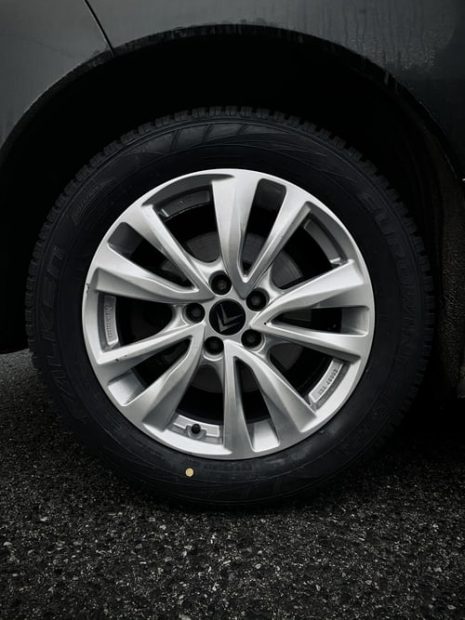If you’ve ever seen trucks or buses in Australia, or any vehicle of equal size, you’ve probably spotted a strange ring-link element covered around their wheel nuts. These parts are known as loose wheel nut indicator, or LWNI in brief. It’s normal to question why some automobiles, particularly those used for business, have this extra wheel nut component. Should you put it in your automobile as well?
While LWNIs are not required for the functioning of car wheel parts, they are critical for preventing accidents, especially in large vehicles. Loose wheel nuts can cause considerable damage to your car’s wheels, which can cost a lot of money in repairs or possibly replacement. To be clear, loose wheel nuts endanger human life, not only for those within the vehicle but also for other road users.
What do LWNIs do?
Given the potentially costly and damaging consequences of loose wheel nuts, LWNIs offer a much-required protection check. Several Australian corporations produce LWNIs in a variety of colours, shapes, and sizes.

A wheel nut can turn out to be loose for a variety of causes over time. Even if a bolt has been torqued to the manufacturer’s specifications, a variety of causes can cause it to loosen. It is critical to have wheel nuts torqued to the manufacturer’s specifications, but it might be inconvenient to check all of the fitted wheel nuts on a regular basis.
To address this issue, Peter Brawley, a truck serviceman in the United Kingdom, designed the LWNI in the 1990s. Truck drivers were able to assess the fit of their vehicles by just checking at the LWNIs installed on all wheel nuts.
Drivers discovered that it saved them time by allowing them to inspect their vehicles before each travel. This useful tool is now used by fleet operators all over the world. Some LWNI manufacturers have also improved the original design to include new capabilities, such as the component’s ability to aid prevent the loosening of a wheel nut entirely.
Types of LWNIs and their Benefits
The most basic and least expensive type of LWNI is a tear-drop-shaped plastic cap. It is often bright yellow or green in colour and may readily fit on a wheel nut. Because this type of LWNI has a pointed tip, it must be put with the pointy tips facing the same way.
The pointed tips of a wheel can face each other if the number of nuts on the wheel is even. Drivers can immediately determine if a nut is becoming loosened by monitoring the position of the tips, regardless of their fixed position. If a position has shifted in relation to other LWNIs, the nut has loosened.

When it comes to choosing loose wheel nut indicators go for the more complex, newer types that have emerged over the years as they perform the job better.
For instance, one type of LWNI joins two nuts in pairs, preventing one from loosening while the other remains secured in place. Naturally, this sort of LWNI is only applicable to cars with an even number of nuts on their wheels. When a nut goes loose, the strap interconnecting nuts becomes twisted or even breaks, alerting the driver that a nut needs to be tightened.
Some LWNIs use a cap or thread to connect the nuts on a wheel. This type prevents nut loosening better because it uses the tension built up in all the nuts simultaneously to keep any nut(s) from becoming loose. It is best appropriate for automobiles with an odd number of bolts on their wheels.
